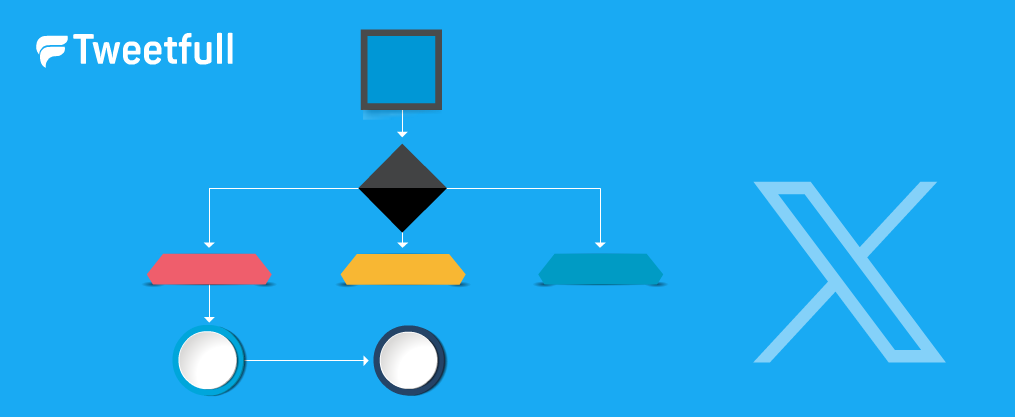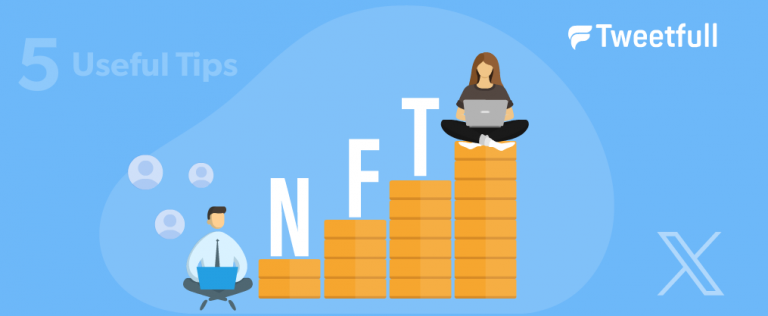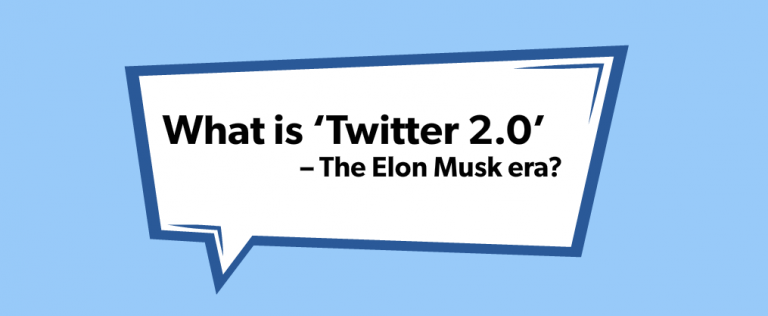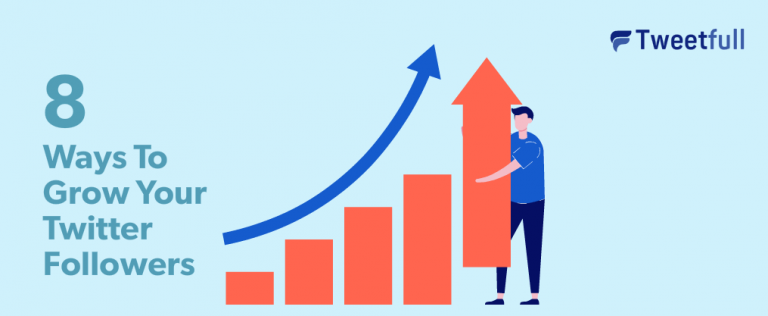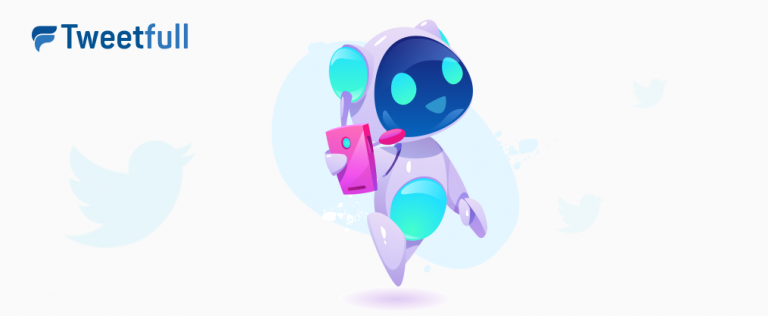How Does the Twitter Algorithm Work?
As a Twitter user, perhaps you might ask yourself some questions as you stream through the platform. Have you ever wondered why Twitter always recommends something for you? Well, sometimes, or probably most of the time, you get suggestions of things you’d probably want to come around while browsing. However, sometimes it makes you angry that Twitter determines what content you wish to view on the platform.
So this is what the Twitter feed algorithm is. It’s a form of multiple calculations and probabilities done within the database to give you, as the user, the best options of content that you would like to have. Sometimes, they reflect on what a majority of people have liked, shared, or retweeted, while at times, in other sections (we’ll get to that later on in the article), it tends to be personalized. While this Twitter algorithm has got users with different takes to it, let’s learn some history of where it has come from.
The Evolution of the Twitter Algorithm
Over the years, Twitter as a social media platform has grown to improve the usability of the platforms and made things better and easier for the users. Several years ago, you wouldn’t be using the platform as you do now, and users who have been to the platform for the longest time will attest to that. So what has been the journey of Twitter-like? What is the history of the Twitter algorithm and the evolution it has gone through?
In different years, Twitter has upgraded its algorithm to make the platforms more user-friendly. It has made several changes that get adjustments over time. Some of the transformations of the Twitter feed algorithm over the years are;
a) Twitter Feed 1.0
It was introduced in 2006, and it used to display Tweets in a reversed chronological order. This was the first Twitter feed algorithm move made on the platform.
b) Twitter Recommendations
This was introduced back in 2014. It began showing recommended tweets, accounts, and topics to Twitter users on their feeds.
c) While You Were Away
In 2015, ‘While You Were Away’ was introduced, which was to precede ‘In Case You Missed It’ that was introduced later on. These were part of the recommended tweets but were selected based on agreement and other factors.
d) Reordered Timelines
2016 saw a reorder to the alignment of users’ feeds. This was algorithmically restructuring timelines that caused ‘Top Tweets’ pushed to the top of users’ feeds.
e) Relevant Models and ICYMI
This was more of a revelation on how Twitter works out the algorithms to give suggestions. It was disclosed in 2017 when it announced that score tweets using a relevant model which used interactions, recency, and engagements. In the same year, ‘While You Were Away’ was replaced by ‘In Case You Missed It (ICYMI).
f) Top Tweets vs. Latest Tweets
This brought a somewhat better variety of options as users could choose between top tweets and the latest tweets. This combination of both a chronological order feed and an algorithm feed was introduced in 2018.
g) Customizable Timelines and Topics
In 2019, there were more options for a Twitter user. While streaming in the platform, you got the opportunity to swap times to as many as five different lists. In November, on the same year, Twitter introduced the Topics feature to make it easier for users to follow up on conversations. This Topic section contained users, ads, tweets, and events of various topics.
How Twitter Algorithm Works
Like any other social media platform, the Twitter feed algorithm is based on personalization. For the ultimate results to be presented to a user, the platform uses a machine-learning algorithm that monitors and calculates most of the results.
In this case, some of the things to address include:
- What does the user prefer?
- What do they enjoy following on the platform?
- How often do they use the platform?
- Do they engage in conversations, or are they usually in the follow-up section?
- What topics seem best for them?
- Do they need help in anything?
- What type of accounts have they followed or are following the user?
Such questions pose most of the calculations and results to the results you get on your feed after the algorithm has done its work. It is more of what the user enjoys most on the platform because that drives them to keep in touch with the other users and engage or stream more on the platform. That’s the depth personalization can go. However, there are particular aspects put in place before the results are included in your feed. So what are these signals?
The Twitter Timeline Ranking Signals
Twitter timeline ranking signals are the determinants of content and the hierarchy they get on users’ feeds. These ranking signals tend to work out the best options that might work for the user. It includes the factors such as the locations, followers, and importance of the information. They tend to give the feed the best options you can get concerning what you like and enjoy.
These timeline ranking signals include:
a) Recency
This is where time matters. If you’re looking to get the whole concept about a conversation, this ranking signal will point out the tweets that began the particular discussion. However, it can also go the other way, where if you are looking for updates, then the signal will reach out to the possible latest information concerning a matter.
b) Relevance
This timeline signal considers the applicability of what you’re looking for. For instance, if you search about a matter or a user, you will get the relevant results of the keywords you used. It also considers how often users engage on the particular case that you want to know more about. A tweet that addresses the specific content a user prefers will rank first n the recommendations.
c) Engagement
This is where the importance and relevance of the tweets matter. It is often evident from retweets, impressions, favorites, and clicks that a tweet will get. This will rank it higher than any other tweet related to the same keyword. Moreover, it also considers other tweets of the particular users whose tweets get more engagement. It tests how often the engagements happen and the kind of impression these leading tweets give to other users.
d) Rich Media
It’s often recommended that the use of media helps in engagement and interaction on the platform. Rich media such as GIF, video, images, and polls are also considered for the best results and better ranking. Tweets with better quality images or videos and GIFs that draw cheerful humor tend to get more interaction. Users who engage their followers in polls also get recognition because it earns them points in the ranking order.
e) Other Factors
There are additional factors that influence the kind of ranking that particular tweet might get. The accounts with many followers are likely to rank better because it has a more extensive crowd, guarantee engagement and probably full of relevance. It’s not usual to find an account with fewer followers unless verified, ranking high in recommendations.
The location of the account is of great importance. For instance, if you are a US user who follows up on politics, then unless you get updates on what the politicians in the States are saying, it will be of no use if you get content from another county. The location makes it better for a user to get the kind of content close to them.
Closing Remarks
The Twitter algorithm is meant to make the platform user-friendly and informative to all the people on the platform. It provides the best suggestion, gives you updates, and ensures you get to know the most trending stuff in the world. However, sometimes things might not go as you would wish because some suggestions might be contrary to what you are looking for, but you get to learn even more for the better part.
On the other hand, if you’re looking to make your account rank higher in the recommendations, then you have to consider the best tips to add on followers because it’s a necessary step. You can use an auto liker and auto follower tool to increase your reach. This will ensure that you get more retweets and increase engagement in your account.

